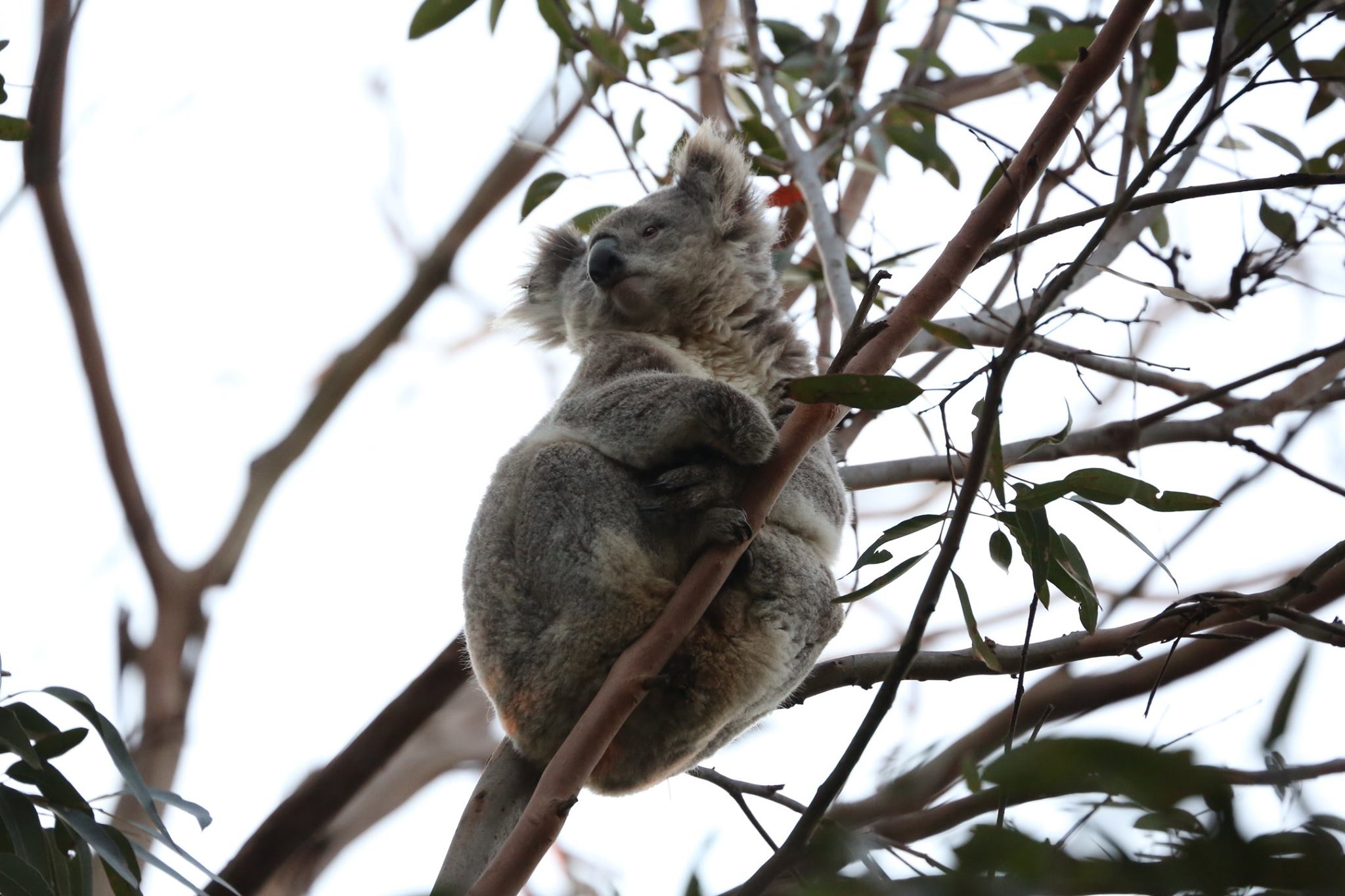Inbox and Environment News: Issue 414
July 28 - August 3, 2019: Issue 414
National Tree Day 2019
Mount Gilead Development Bulldozing Koala Habitat Approved: Resident Turtles To Go Too - The Beginning Of The End Of Campbelltown's Koalas
"In the Panel's opinion there are no grounds to justify refusal of the application," the document said.
stipulated that Lendlease take measures to ensure that any wildlife inhabiting the dams or neighbouring surrounds be "treated humanely and relocated" before development activities start.
"A qualified ecologist or wildlife carer is required to be present throughout the de-watering activities to relocate fauna or take fauna into care where appropriate" the approval document stated.
are only undertaken where necessary or beneficial for conservation of the species or as part of an approved offset arrangement [for a state significant development]
If this wasn’t such a serious issue it would be laughable how dodgy this whole process has been of acquiring historically significant land that is home to abundant wildlife, no less an endangered [and] disease free koala colony... we need open spaces, our children and grandchildren need to see our native animals, we need to preserve history.
This morning I met with some very knowledgeable people about koalas and when I got home this little guy was nestled in a tree in my backyard, there was a swamp wallaby as well. All I could think was you poor little devils Gladys Berejiklian and some local government people intend destroying you and your habitat.Tomorrow I will email Gladys Berejiklian again, and our local Campbelltown council again and ask that they protect Mount Gilead and the unique wildlife corridor
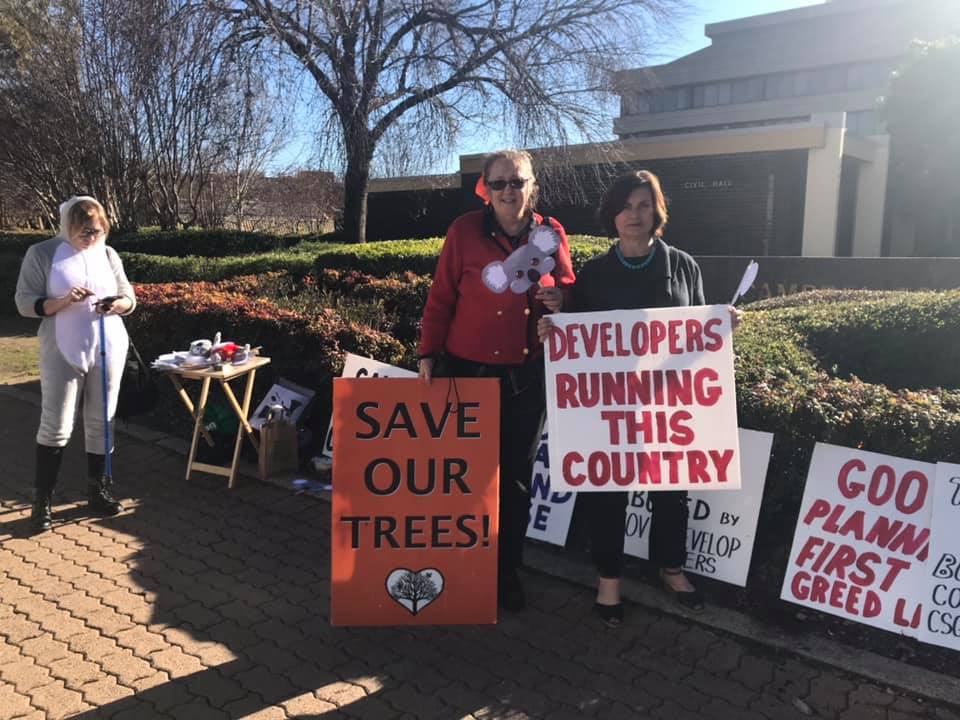
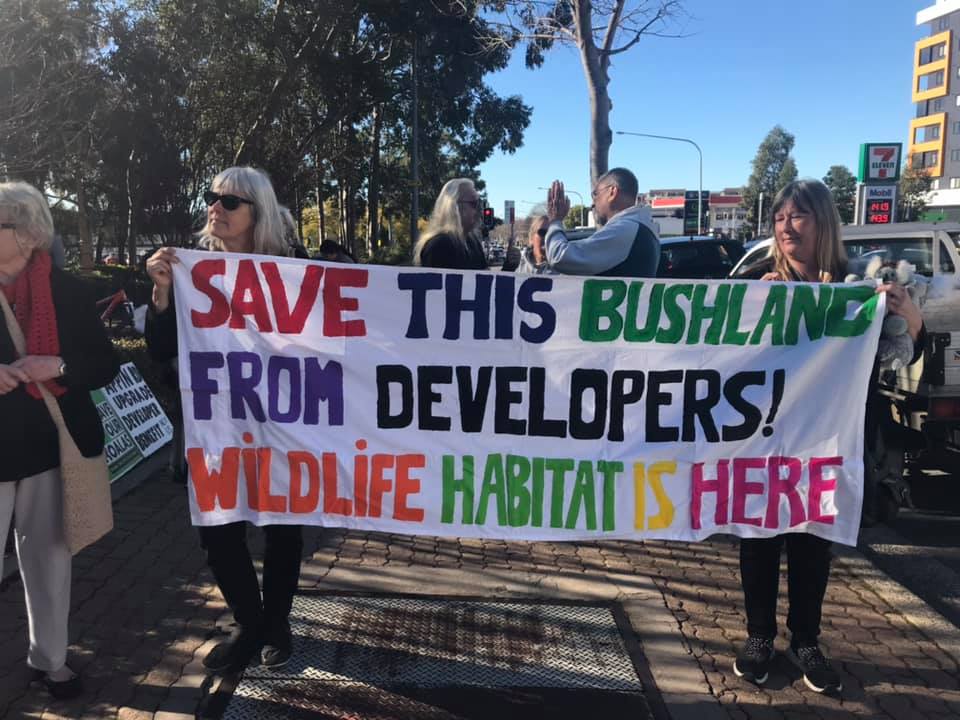
National Tree Day Planting At Toongari
- The pathway from Central Road is between 55 and 59 Central Road and joins the pathway from Bowling Green Lane, behind Pittwater Palms retirement village leading to Toongari Reserve.
- The pathway from Avalon Parade is the right-of-way at 118 Avalon Parade, which is beside the KU Avalon Kindergarten.
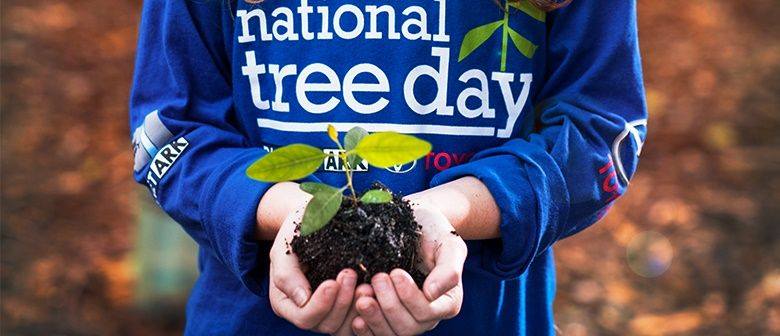
Sydney Wildlife August 2019 Course
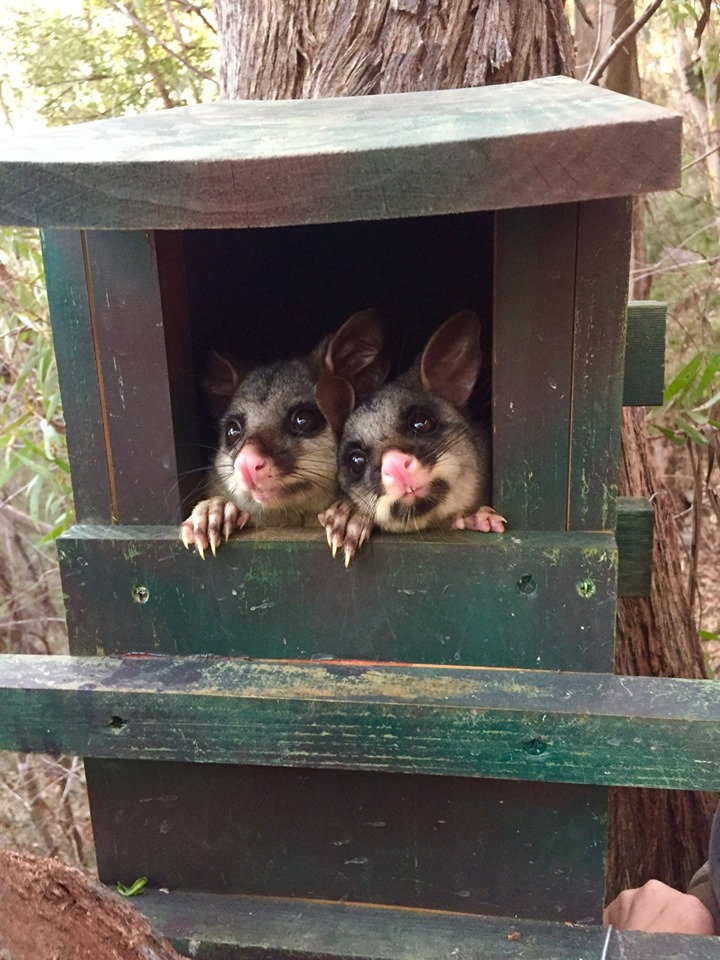
NSW Upper House Inquiry Into Koala Populations And Habitat In New South Wales
North Sydney Council Declares A Climate Emergency
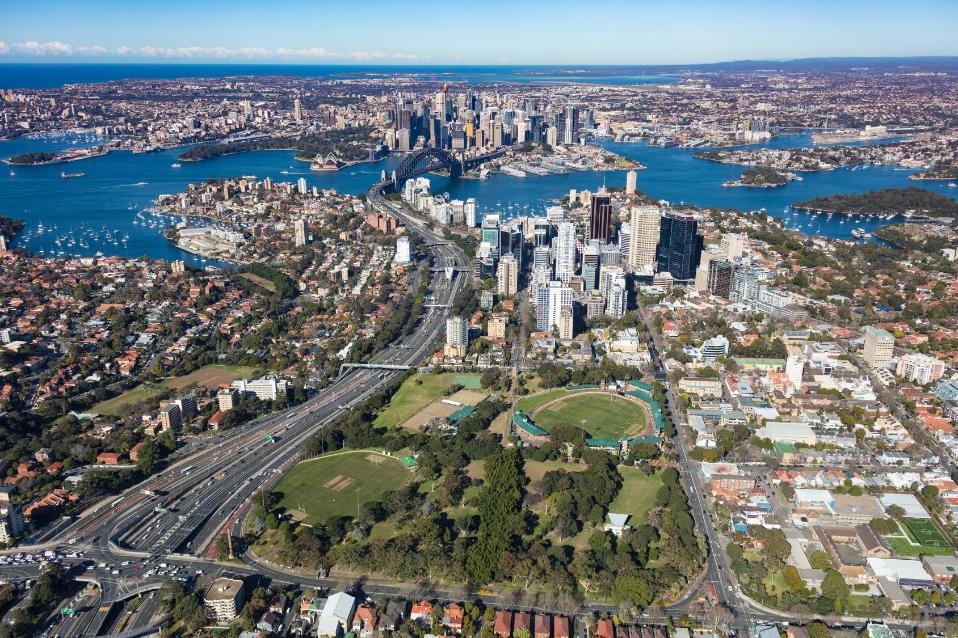
New Plastics Policy For North Sydney Council
Barrenjoey Seal Colony Growing
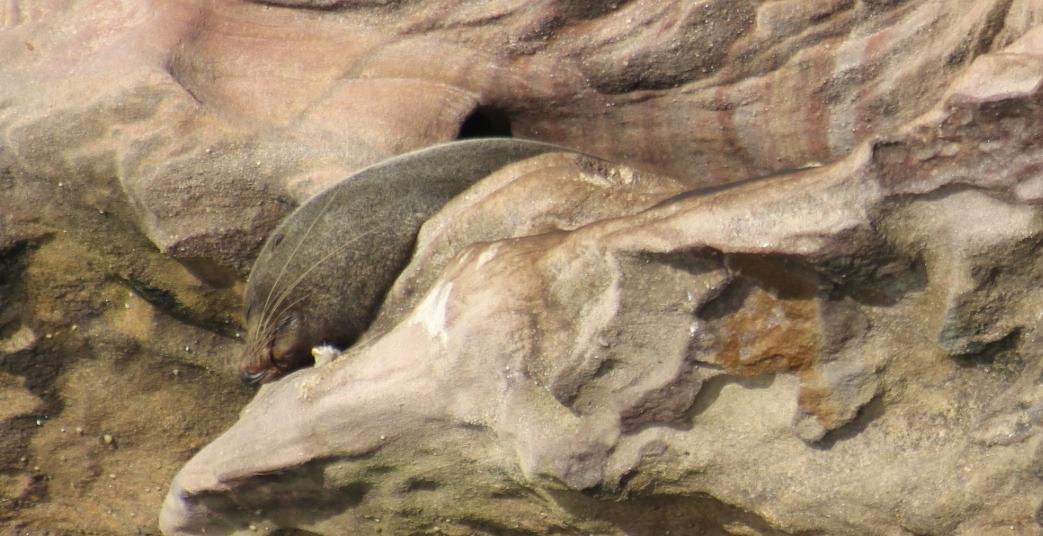
Tasmanian Lobster Organs And Reflexes Damaged By Marine Seismic Surveys New Study Shows
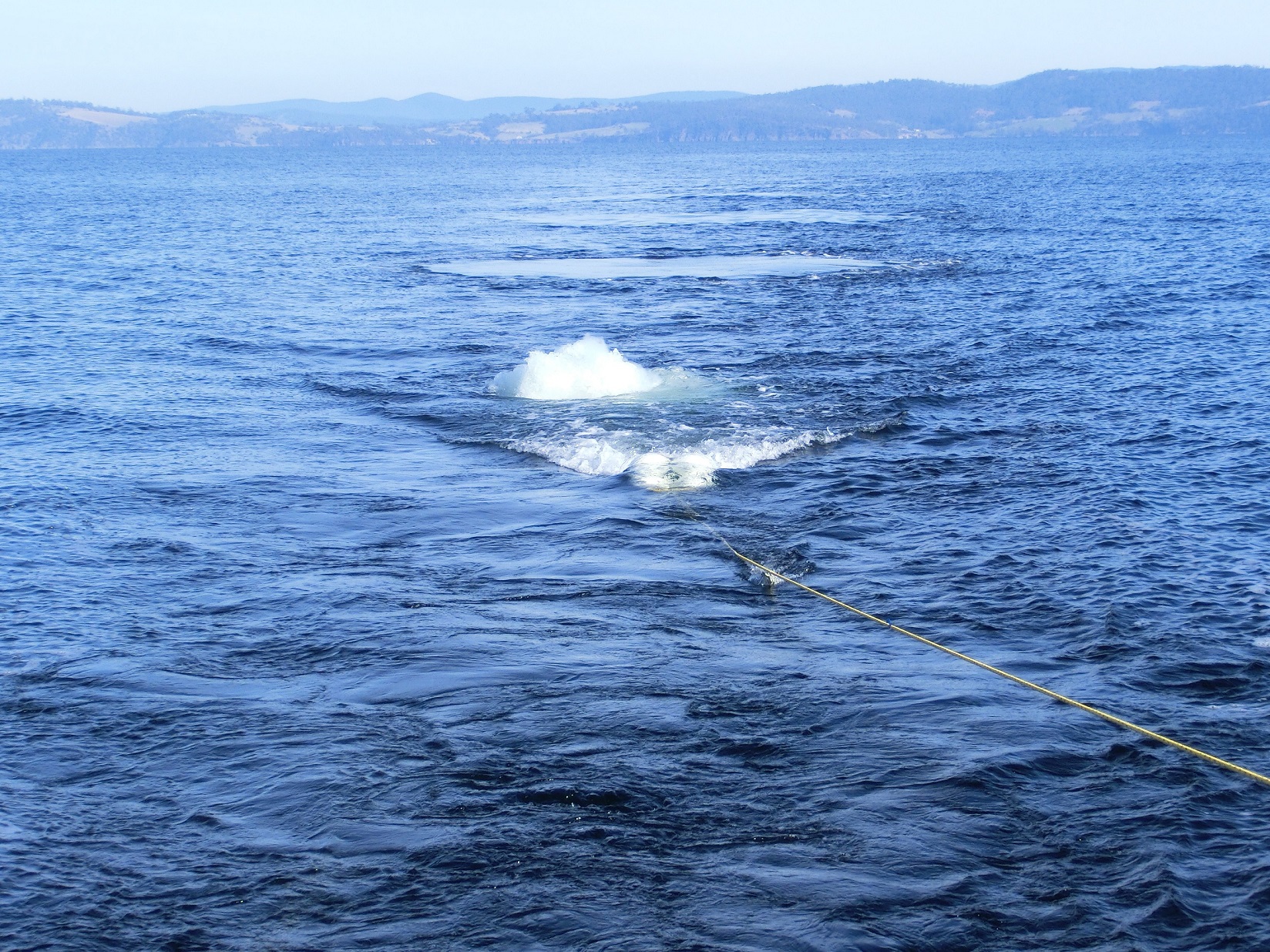
Catch A Glimpse Of A Humpback Whale
Visit a coastal NSW national park to spot a humpback whale, as they start their annual migration north.
From May to November 2019, over 30,000 humpback whales will migrate from the cold waters of Antarctica to the warmer waters off north east Australia to mate and give birth before heading south again.
Vantage spots for whale watching include national parks with lookouts, headlands and foreshores.
Southern right and minke whales may also be spotted off the NSW coast during migration season.
Keen whale-watchers can download the free Wild About Whales mobile app, which helps users find the best locations for spotting whales, get real-time notifications of nearby sightings, and record their sightings.
Environment Minister Matt Kean said the app is a great tool for the whole family to learn more about whales, while also contributing to a citizen science project.
“Citizen science volunteers and other organisations such as ORRCA do an amazing job of monitoring the number of whales migrating along the NSW coast each season,” Mr Kean said.
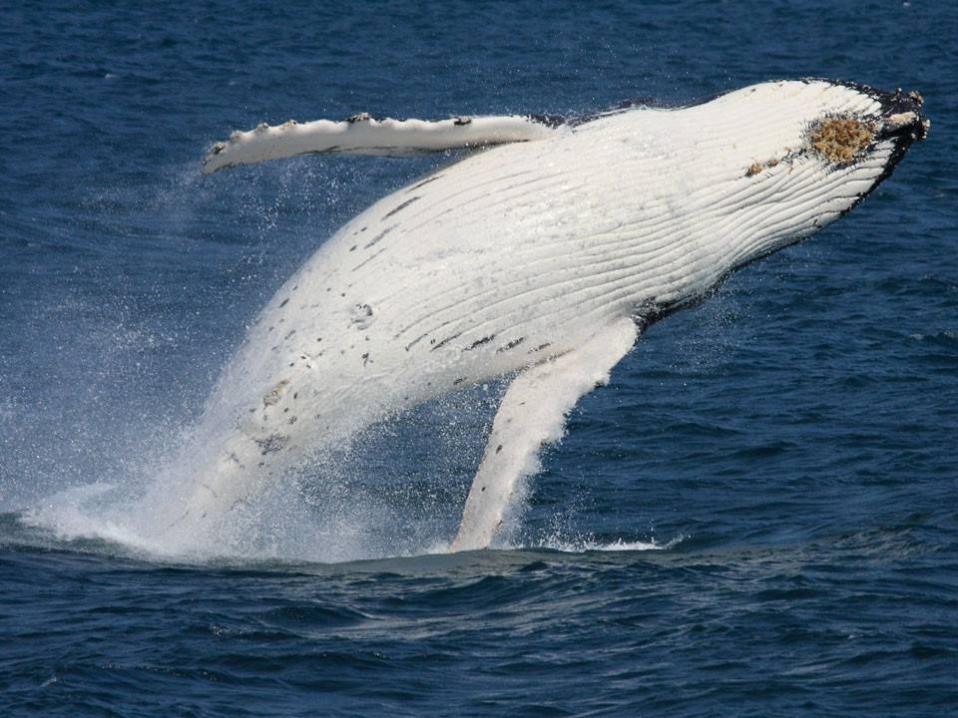
Mentorships And Money For Youth; Share The Spark Tank Event Entries Now Open
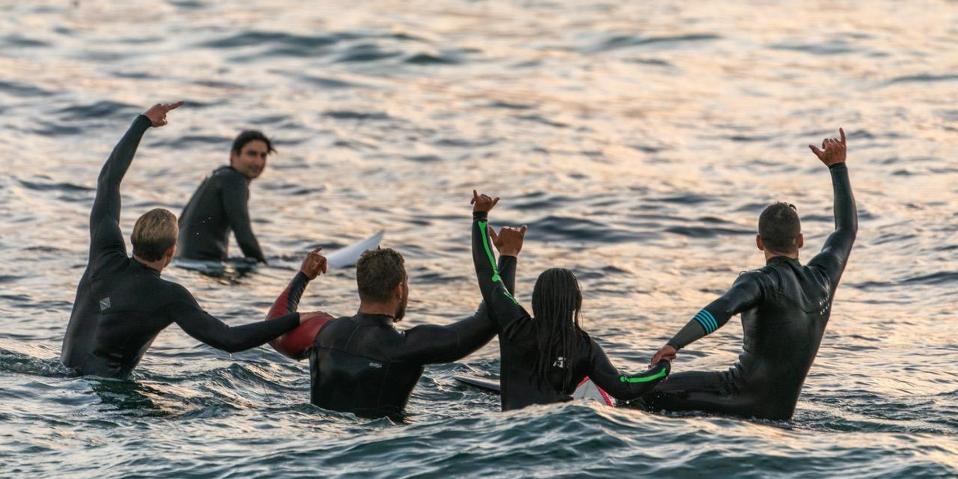
Pittwater Players Part Of Roos Baseball Team For 2019 Worlds
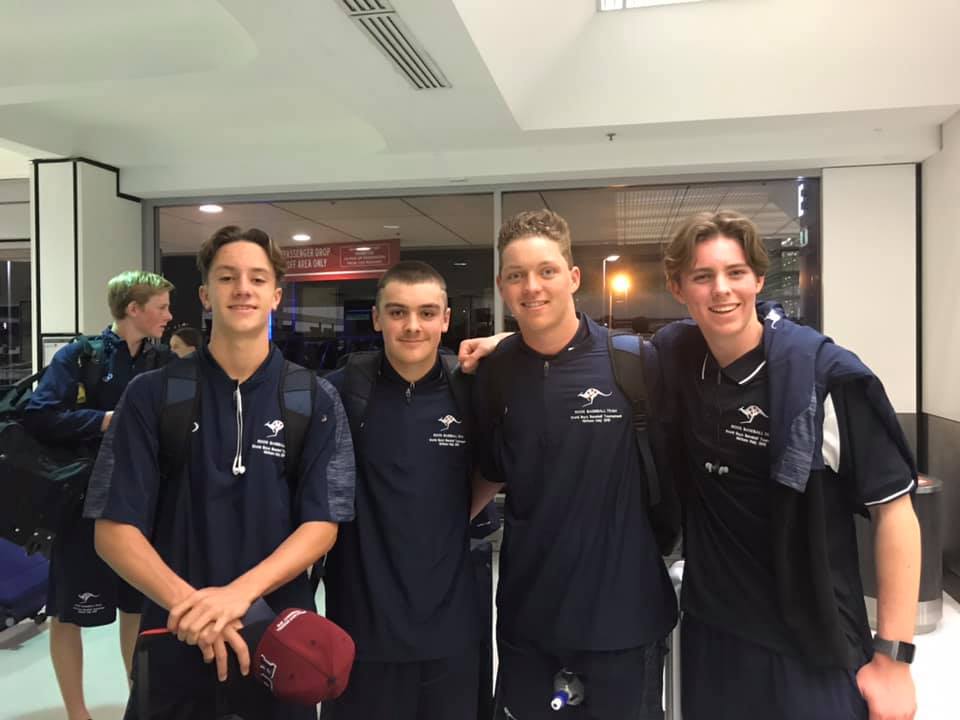
2019 World Boys Team Announced
- You must want to have fun
- You respect the uniform and what you represent within the team which includes your State and Country
- You respect everyone on the trip including all other teams, umpires, officials and touring parents
- You must want to learn and compete at the highest level you can
- Rule #5 is always refer back to Rule #1
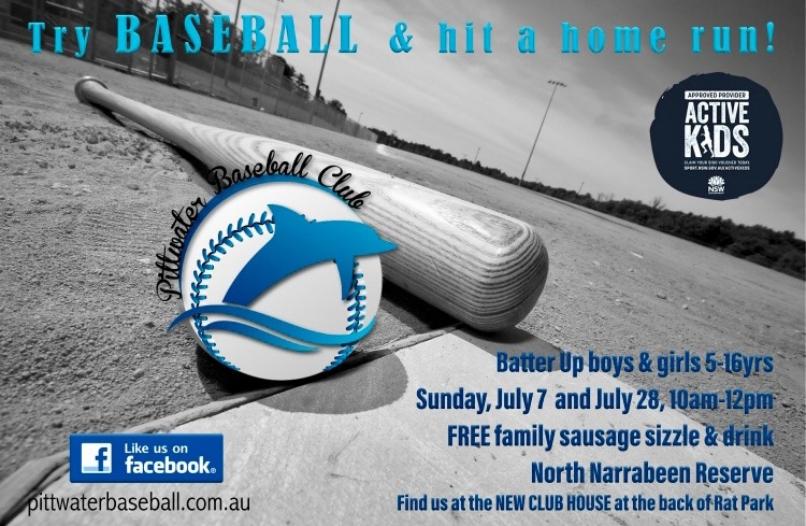
How To Test Drive A Uni On Open Day
Uni Open Days: Winter - Spring 2019
UNI OPEN DAYS 2019
Researchers Identify New Species Of Pocket Shark
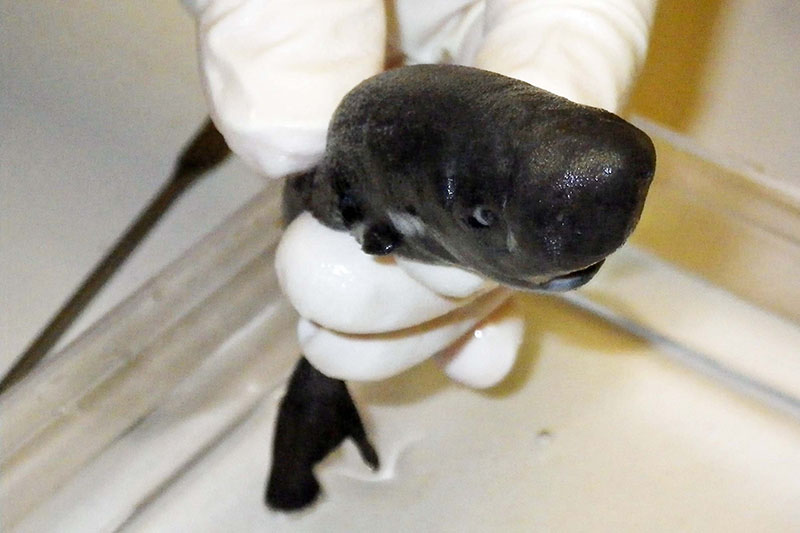
“The fact that only one pocket shark has ever been reported from the Gulf of Mexico, and that it is a new species, underscores how little we know about the Gulf." - Henry Bart, director of the Tulane Biodiversity Research Institute
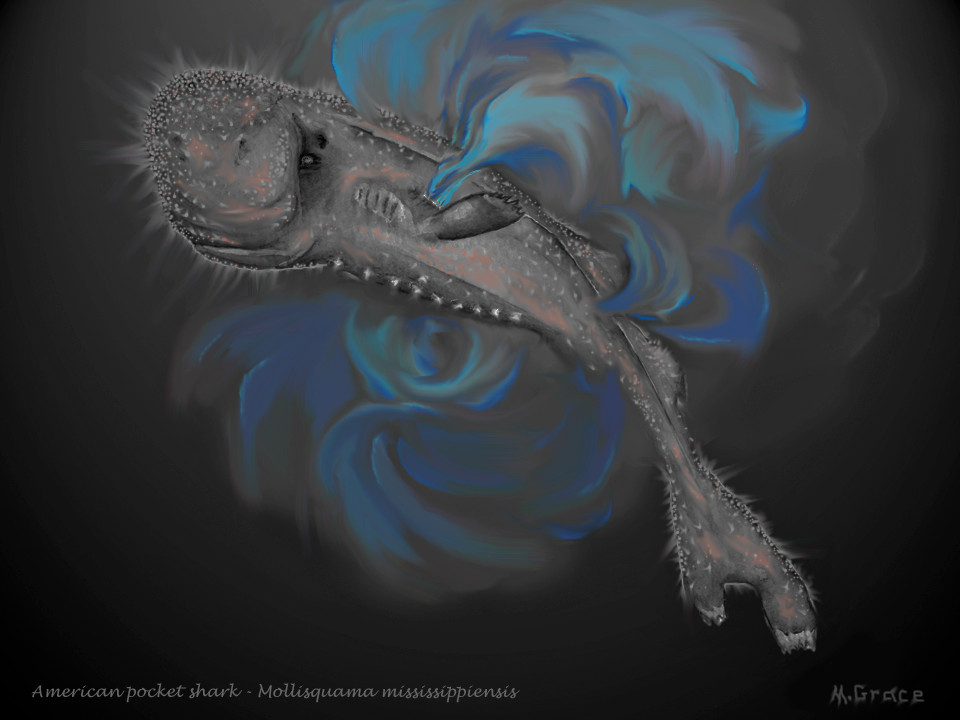
One Dose Of HPV Vaccine May Be Enough
- Human papillomavirus (HPV) is a group of viruses that are extremely common worldwide.
- There are more than 100 types of HPV, of which at least 14 are cancer-causing.
- HPV is mainly transmitted through sexual contact and most people are infected with HPV shortly after the onset of sexual activity.
- Cervical cancer is caused by sexually acquired infection with certain types of HPV.
- Two HPV types (16 and 18) cause 70 per cent of cervical cancers and pre-cancerous cervical lesions.
- There is also evidence linking HPV with cancers of the anus, vulva, vagina, penis and oropharynx.
- Cervical cancer is the second most common cancer in women living in less developed regions with an estimated 570,000 new cases (1) in 2018 (84 per cent of the new cases worldwide).
- In 2018, approximately 311,000 women died from cervical cancer; more than 85 per cent of these deaths occurring in low- and middle-income countries.
- Comprehensive cervical cancer control includes primary prevention (vaccination against HPV), secondary prevention (screening and treatment of pre-cancerous lesions), tertiary prevention (diagnosis and treatment of invasive cervical cancer) and palliative care.
New Treatment Program Offers Hope For Controlling Wombat Mange
Preventing People From Abandoning Exotic Pets That Threatened Biodiversity
Council Leaders In Arts And Culture Gather In Sydney
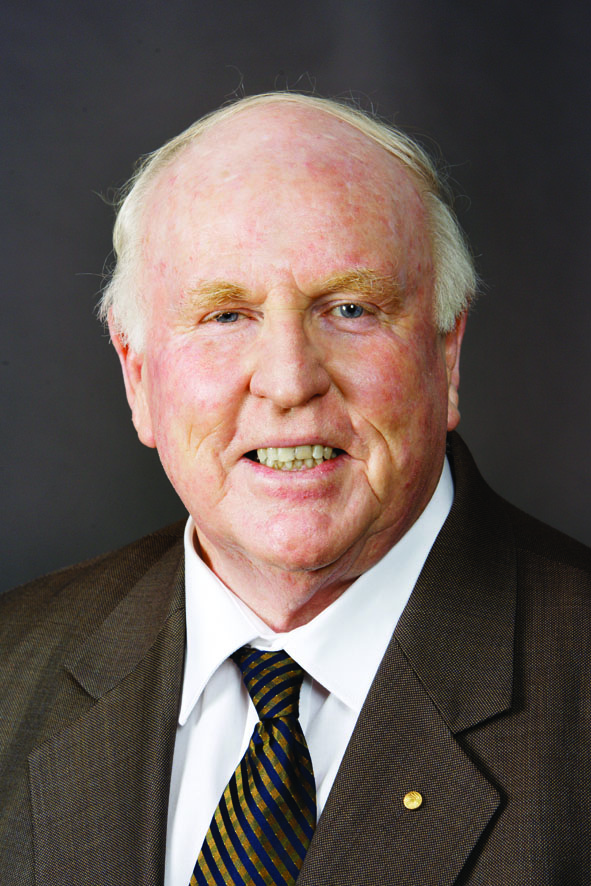
Baby Blue-Tongues Are Born Smart
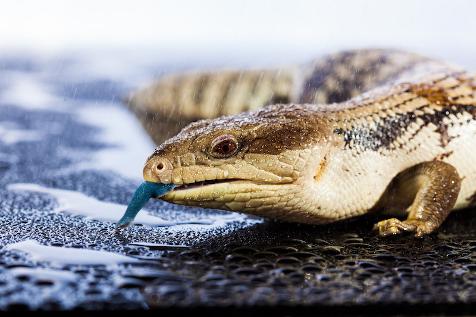
New Cause Of Cell Ageing Discovered
Disclaimer: These articles are not intended to provide medical advice, diagnosis or treatment. Views expressed here do not necessarily reflect those of Pittwater Online News or its staff.
